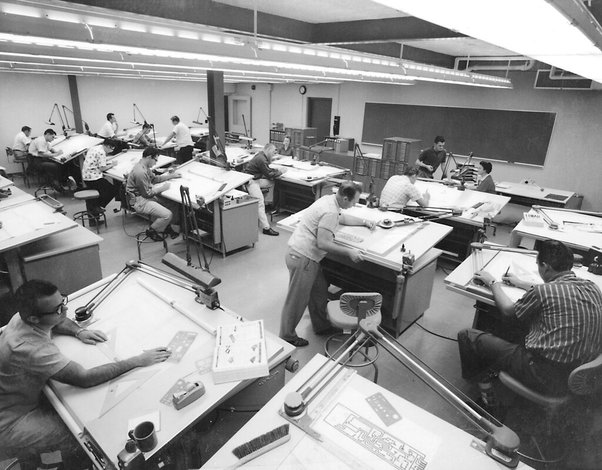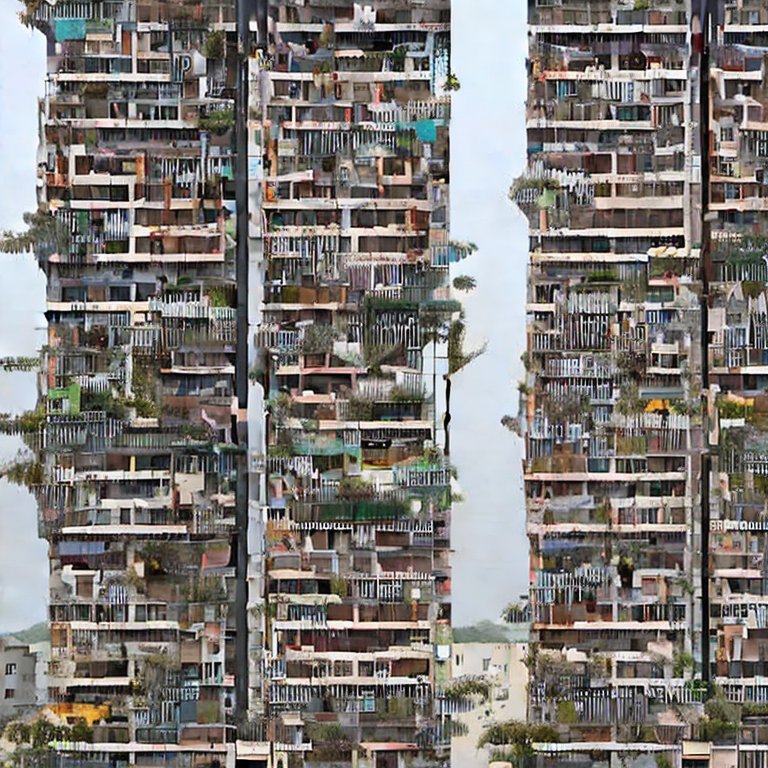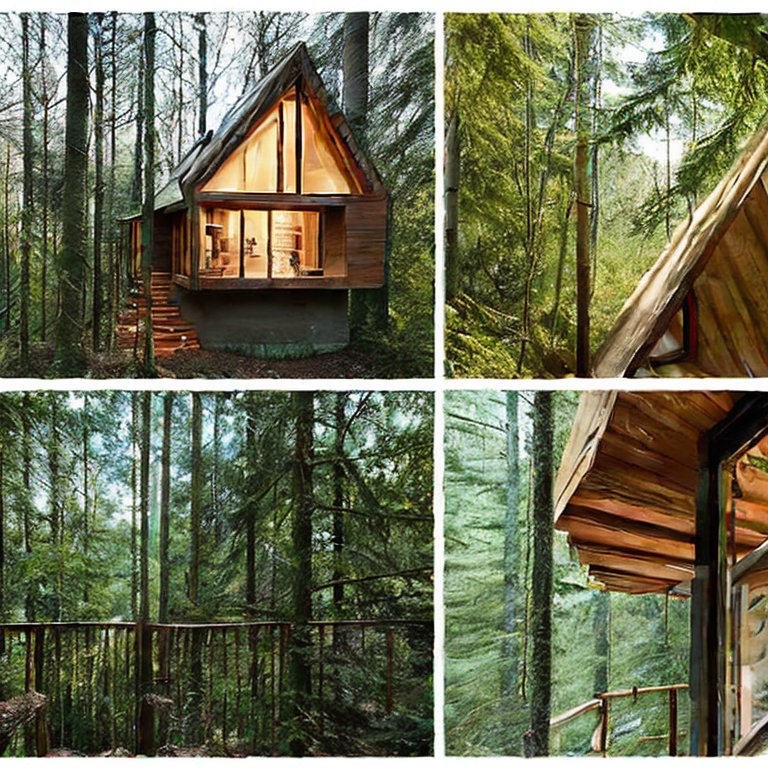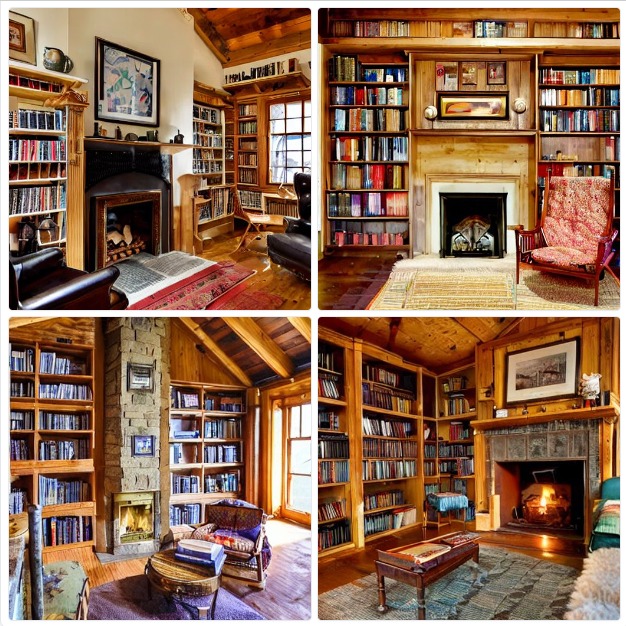Hello, Bot. Are you a Threat to Architects?
…computers are getting so clever that they seem a bit like those pianos where you push a button and it plays the cha-cha and then a rumba. You may play very badly, but you feel like a great pianist.
Renzo Piano, Architectural Record
Regardless of whether one agrees with Piano’s statement or not, in modern architectural practice, the process of designing a building without the use of computers seems out of the question. The reliance of architects on computers for efficiently practising architecture was instigated in the 1970s- a decade that observed the incorporation of CAD (Computer aided design) in architecture and design. Until then, the entire process of designing was limited to drafting board, paper and Rotring- lengthy calculations would take days, sometimes weeks, and be prone to errors. By the 1990s, CAD software had become a staple in designing and drafting, with most architects resorting to computer-aided designing tools. But CAD, with its two-dimensionality, could have been a detaching aspect for the designer and the physical world.

While the computer was considered a game changer for humankind, its subtle integration into architectural practice and designing meant that designers believed there was little change in their work attitude from the pre-computer era.
But the same could hardly be said for the technological advancements that came thereafter.
Computational design led the way for parametricism in architecture- a concept first developed in the 1960s and largely adopted by globally renowned architect Zaha Hadid in the early 2000s. A formally trained architect with a background in mathematics, Zaha’s design language relied heavily on parametricism, which would combine the two to give rise to geometric forms- a result of controlled parameters.

Gradually, Parametricism was followed by the widespread incorporation of what we today know as BIM or Building Information Modeling- digital modelling of a building comprising various parameters that drive its design, function, execution and dismantle phases. BIM addressed the two-dimensional nature of CAD drawings, allowing the user to visualize in the 3D space while simultaneously creating 2D drawings.
Despite its decades-long presence, the concept of BIM is yet to find its way to most of the architectural firms in India. In this process, where CAD has turned into the traditional form of designing, the shift to BIM is deemed unnecessary by several.
As for parametricism, the algorithm made it easier to conceptualise and execute complex geometries, but parametricism, at a larger level, struggled to account for certain loopholes, such as the impact of several simultaneously occurring variables, prioritising space organisation over efficiency, failing to account for diverse situations and the computational cost of simulation. The focus on algorithms also reduced the inclusion of various societal and cultural factors.¹
The profession’s engagement with Artificial Intelligence brings forward opportunities to address these gaps.
When we were writing this article, the first question that came to our mind was disputing the relevance of AI in architecture. We tried to understand whether AI was indeed required or whether it was providing solutions to problems that probably did not exist.
This question arose from the recent boom in explorations regarding AI’s use in concepts, drawings, writings and design. What we failed to take into account was the existing use of AI at various scales. From smart standalone buildings such as homes and offices to smart cities- AI is extensively used in architecture. But, in the past few months, its possible usage has extended deeper beyond the functioning of infrastructure to designing structures. Mid-journey, Dall-E, and Stable Diffusion have recently become familiar terms as architects and designers explore the tools in material exploration, speculative fiction, and architectural experiments.
While there is a section of professionals who are looking at AI as an innovation that could revolutionise architecture, there is the other section that looks at it as a threat to human expertise.
Where there are a lot of parameters at stake that need to be weighed against each other, AI can help us a lot. Millions of scenarios can be evaluated, and the best selected in the same amount of time that it takes for us to ride the subway to work. Our AI will present us with the ultimate suggestion based on the parameters we provided.
Jesper Wallgren, Artificial Intelligence Can Only Help Architecture if We Ask the Right Questions
Traditionally, architects go through research in the form of existing designs, codes and building data to create new designs. With the advent of artificial intelligence, pre-fed with all the previous data, the computer can analyse and recommend suggestions in a matter of seconds, thereby increasing the efficiency of the design process. With a couple of commands and within a short frame of time, the AI can generate drawings from the concept stage to the 3D stage, structural system and design optimisation for existing buildings; this use in every stage of architecture might make us question Artificial Intelligence’s possible contribution towards rendering (no pun intended) an architect’s duties obsolete and leading to a mechanical, homogenous and, in particular, manpower-less profession.
But, for a tool not equipped with creativity and problem-solving abilities, Artificial Intelligence is yet to come across as a full replacement for the human touch.
Even the latest technology in AI fails to include one human aspect- the ability to adjudicate and form opinions.
When analysing various parameters, it is beyond AI’s scope to weigh and prioritise certain design elements over others. In addition, architecture is the product of the interpretation of the cultural, social and aesthetic factors. This is where the architect’s subjectivity is to be taken into accord. The areas where we believe AI can contribute are mechanical, time-consuming tasks that are a part of the process but offer little value to the final design. If used correctly, AI can substantially decrease the time to perform these tasks and instead allow the architect to focus more on designing meaningful architecture.
AI tools such as ARCHITEChTURES could reduce the design time of an architect from months to minutes, while Sparkel can extract specific and relevant quantities and data, instead of studying the entire IFC. Midjourney, DALL-E, and Stable Diffusion could help the user generate renders and images from textual descriptions, while Interior AI could generate interior designing ideas on the upload of one photograph. ChatGPT- one of the newest famous additions to the AI family, could help with information, resource allocation, communication and design ideas.²
To test these tools out, we asked ChatGPT to generate prompts for a slum rehabilitation scheme, which we then used to generate views using Stable Diffusion.



And then we got a bit carried away…




On the design front, artificial Intelligence has the potential to allow us to test multiple concepts within a matter of minutes. On the mechanical front, it is less likely for AI to miss out on critical components. However, its prowess is not comparable to an architect’s ever-evolving perceptivity and ability to create therapeutic spaces. This is what we keep fuelling the AI vs architect debate with. With AI, an architect can create more cost-effective, sustainable and context-responsive design while bringing down the time.
When looked at from this angle, AI comes across as an architect’s friend instead of a Nemesis.
But, we seem to ignore the fact that AI has the potential to point out our own limitations as humans. With lesser contingencies than its human counterparts, AI might become the go-to tool for stakeholders who are already oblivious to the significance of an architect.
In addition, AI makes us question if its adoption will broaden the disparity between architects who are infrastructurally and technologically equipped with it versus the ones who aren’t, especially in a profession already infamous for such a divide. Or could it result in the opposite? A one-person office equipped with AI could compete with an office with more number of employees. Maybe this balance might shift back once the larger offices switch to AI.
This is only for time to tell.
In this battle of AI vs Architects, it is, perhaps, too early to come up with conclusions. To continue with this speculation, ArchitectureLive! has launched a new campaign- AIonALive! dedicated to the use of Artificial Intelligence in Architecture. While the speculations continue, one thing that we are confident about is that it is of utmost importance for architects to now consider designing their profession.
And on that front, we have some closing advice from AI’s ChatGPT.
Embrace technology: As technology continues to evolve, architects must embrace new tools and techniques that can enhance their work and improve design outcomes. This includes the use of BIM software, generative design tools, and virtual reality.
ChatGPT
Sigh, is this a biased suggestion that we sense?
Bibliography and Credits
[1] The Advent of Architectural AI by Stanislas Chaillou; Published in Towards Data Science (Feb 17 2019)
[2] Will AI Replace Architects?, Render 4 Tomorrow (April 24)
[Fig 2] Hamad, Shalaw & Husein, Husein. (2020). The Influence of Parametric Design Tools on Increasing Creativity in the Furniture Design Process. Eurasian Journal of Science and Engineering. 6. 199-211. 10.23918/eajse.v6i1p199.









One Response
A very brave attempt to answer a very complex question Megha…but don’t lose heart. AI will eventually fail as it does not have a heart!